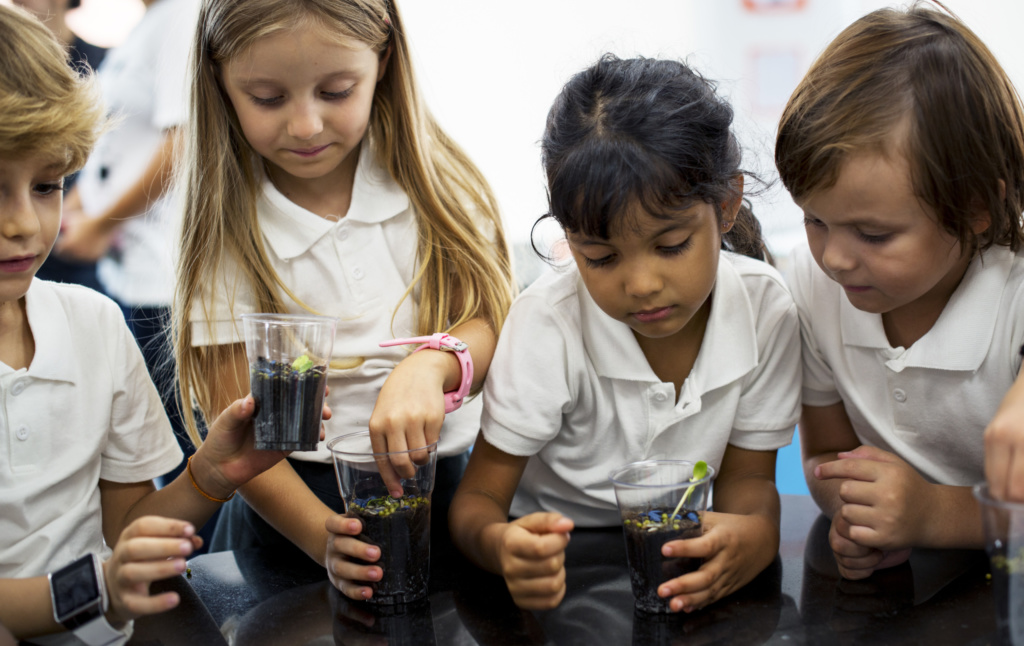
I am always surprised – and indeed pleased – to discover a feature of something I’ve known for years, but that I have not hitherto noticed.
My most recent experience of this “aha!” moment took place at the highly energising Next Generation Assessment conference on 18 March, co-hosted by the Edge Foundation, Rethinking Assessment, HMC and the University of Manchester. In setting the scene for the event, Jeffrey Boakye referred to the aims of the 2014 National Curriculum:
‘The national curriculum provides pupils with an introduction to the essential knowledge that they need to be educated citizens. It introduces pupils to the best that has been thought and said; and helps engender an appreciation of human creativity and achievement.‘
I find that semi-colon puzzling; my attention, though, has consistently been focused on the centrality of ‘essential knowledge‘ and the rooting of 21st-century educational policy in the 19th-century views of Matthew Arnold, whose (unattributed) words ‘the best which has been thought and said‘ are to be found in the Preface to his 1869 essay ‘Culture and Anarchy‘. As pointed out by Seb Falk, Arnold’s original text is ‘the best which has been thought and said in the world‘, so perhaps the mid-Victorians had a wider world-view than contemporary little-England decision-makers, for the current national curriculum is surely focused on things English.
But what about those words on the other side of that semi-colon: “helps engender an appreciation of human creativity”?
As I thought about them, I began to appreciate not just their meaning, but the mindset that originated them – a meaning implying exclusion, a mindset oozing arrogance. The student is positioned as a passive outsider, an observer, awe-struck by the creativity of others but denied from participating.
By design, by deliberate intent, the curriculum will not encourage a student to become creative him- or herself; still less equip them with the required skills or build the self-confidence necessary to enable them to think for themselves.
Perhaps that is no accident. Is the authoritarian’s greatest nightmare a population confident in thinking for itself?
And does the curriculum’s Orwellian implication ‘knowledge good, creativity bad’ fuel the fire of those two misconceptions that creativity is solely the domain of the so-called ‘creative arts’ such as music, drama and film, and that knowledge and creativity are independent, distinct domains?
For misconceptions they are. STEM is creative too – Kepler’s discovery that the orbits of the planets are elliptical rather than circular, the elucidation of the structure of DNA by Watson and Crick, Edison’s design for a ‘phonograph’ that can record and play back sound – all these are examples of the power of the human imagination as great as Beethoven’s Symphony No. 7, Picasso’s Les Demoiselles d’Avignon and Dostoevsky’s ‘Crime and Punishment’.
Most importantly, creativity and knowledge are intimately linked. All creativity requires appropriate knowledge, the result being the formation of new knowledge, which others can then use as a basis for further creativity. So, for example, to determine that planetary orbits are elliptical, Kepler needed to know both the mathematics of the ellipse (as developed since ancient times, notably by Euclid) and the positions of the planets over time (as recorded by the careful observations of the Danish astronomer Tycho Brahe).
Kepler’s discovery was then one of the key building blocks (alongside those derived from the creativity of Galileo and Descartes) enabling Newton to formulate his laws of motion and law of gravity. Likewise, but in a very different field, Picasso had much knowledge of (and was strongly influenced by) African art; Picasso’s art in turn has had a huge influence on others to this day.
To separate ‘creativity’ from ‘knowledge’ is therefore fundamentally flawed, their unity being expressed most powerfully, to my mind, by this quotation from Arthur Koestler’s 1964 book, ‘The Act of Creation‘:
The creative act is not an act of creation in the sense of the Old Testament.
It does not create something out of nothing; it uncovers, selects, re-shuffles, combines, synthesises already existing facts, ideas, faculties, skills.
The more familiar the parts, the more striking the new whole.
No, creativity is not lightning striking from the blue, or a magical ‘Eureka’ moment. Rather, creativity is the result of combining already existing facts into a new pattern – as most vividly exemplified by Beethoven, who didn’t invent the notes, any of the musical instruments on which those notes are played, or the major and minor scales on which much Western music is based. But he surely combined those pre-existing components into the most wonderful patterns.
If Koestler’s insight is valid (as I believe it is – please let me know if you can identify any counter-examples), then all creativity is based on those ‘already existing facts‘, which is all about knowledge. The more knowledge you have, the greater the opportunity to be creative, and vice versa. Knowledge cannot be separated from creativity, but is integral to it.
Returning to those words defining the aims of the National Curriculum, I despair. An objective of ‘engendering an appreciation of human creativity‘ implies that students are excluded from being creative themselves, condemned to be only spectators.
What a tragedy.
Dennis Sherwood is an independent consultant, a campaigner for reliable exam grades and the author of 15 books, including Creativity for Scientists and Engineers (published in 2022 by the Institute of Physics).
Register for free
No Credit Card required
- Register for free
- Free TeachingTimes Report every month